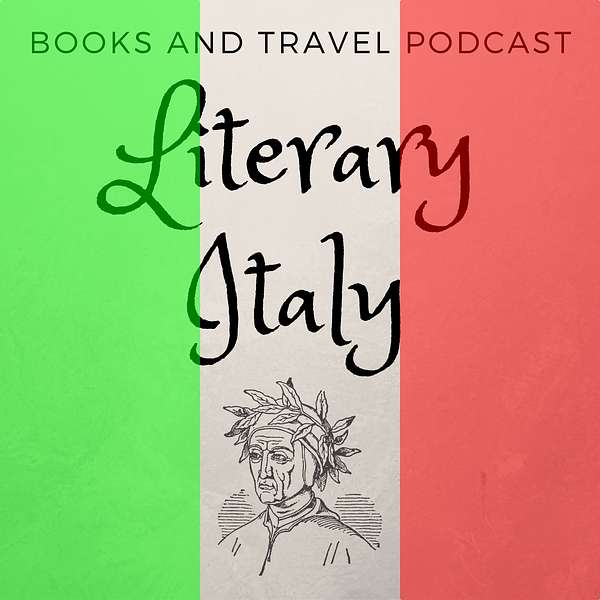
Literary Italy
Anne and Jim welcome you to Literary Italy, a joyous romp through the books and the landscape of the bel paese. Join us as we share our love of the literature, the people, the land, and the experience that is Italy.
Literary Italy
Ep. 59: Frances Mayes’ “Under the Tuscan Sun” / Cortona
•
Anne Schuchman and James Berrettini
•
Season 1
•
Episode 59
Liam Neeson or Leslie Nielsen? You decide.
Things to know about Cortona:
- Ancient city - Etruscans - walls go back to 5th c. BC
- Romans
- Also long history as a tourist destination, even before Under the Tuscan Sun
What to see in Cortona
- Cathedral of Santa Maria Assunta, built in 1456
- MAEC - Museo dell’Accademia Etrusca e della Città di Cortona
- Diocesan Museum — The Annunciation by Beato Angelico (From 1408 to 1418, Fra Angelico was at the Dominican friary of Cortona, where he painted frescoes, now mostly destroyed, in the Dominican Church and may have been assistant to Gherardo Starnina or a follower of his) and The Deposition by Luca Signorelli (c. 1441/1445 – 16 October 1523)
- Archeological area - Etruscan tombs in Sodo and Camucia dating to 6th c BCE, uncovered in 20th c.
- Girifalco castle —Medici fortress, 1556 - today hosts exhibitions and occasionally concerts
- Via Romea Germanica passes through Cortona
- Eremo Le Celle — first hermitage to be founded by San Francesco- 4 km from Cortona. The Monastery is perched on Monte Sant'Egidio and in the gorge dividing the two buildings runs a mountain stream - ‘Celle', which does not refer to the little buildings friars used to live in, but rather to some constructions built from the rock by shepherds and peasants. San Francesco arrived in Cortona around the year 1211 and met Guido Vagnotelli, a young man from a good-to-do family who often welcomed Francesco in his home to pray. Guido decided to follow a religious vocation and offered the land where the Hermit would have been built later
- Basilica of Santa Margherita in Cortona-14th-century church adorned in Baroque style - Margaret of Cortona (1247 – 22 February 1297) was an Italian penitent of the Third Order of Saint Francis. She was born in Laviano, near Perugia, and died in Cortona. She was canonized in 1728. Patron saint of the falsely accused, hoboes, homeless, insane, orphaned, mentally ill, midwives, penitents, single mothers, reformed prostitutes, stepchildren, and tramps. At the age of 17 she met a young (noble)man, and ran away with him, lived in the castle as his mistress, near Montepulciano and bore him a son. When her lover failed to return home from a journey/hunt one day, Margaret became concerned. The unaccompanied return of his favorite hound alarmed Margaret, and the hound led her into the forest to his murdered body. Returned all the gifts he had given her to his family and left. Her family refused her so she went to the Franciscan friars at Cortona, where her son eventually became a friar. She fbecame a penitent known for extreme fasting, joined the Third Order of Saint Francis and chose to live in poverty. Established a hospital in Cortona for the sick, homeless and impoverished. To secure nurses for the hospital, she instituted a congregation of Tertiary Sisters, known as "le poverelle" (Italian for "the little poor ones”). She also established an order devoted to Our Lady of Mercy and the members bound themselves to support the hospital and to help the needy. On several occasions, Margaret participated in public affairs. Twice, claiming divine command, she challenged the Bishop of Arezzo, Guglielmo Ubertini Pazzi, in whose diocese Cortona lay, because he lived and warred like a prince. She moved to the ruined church of Basil of Caesarea, now Santa Margherita, and spent her remaining years there; she died on 22 February 1297. Frequently depicted as a “new” Magdalene.